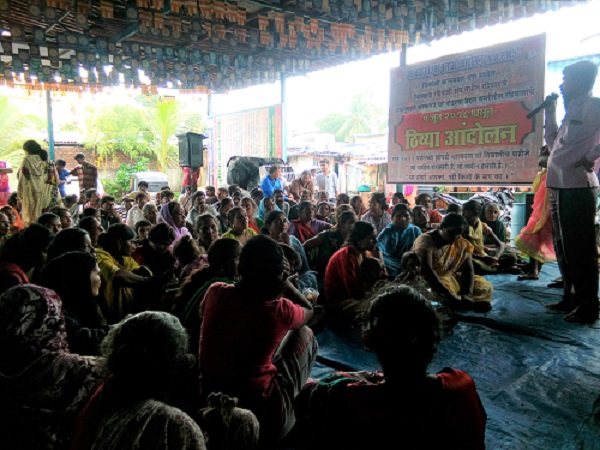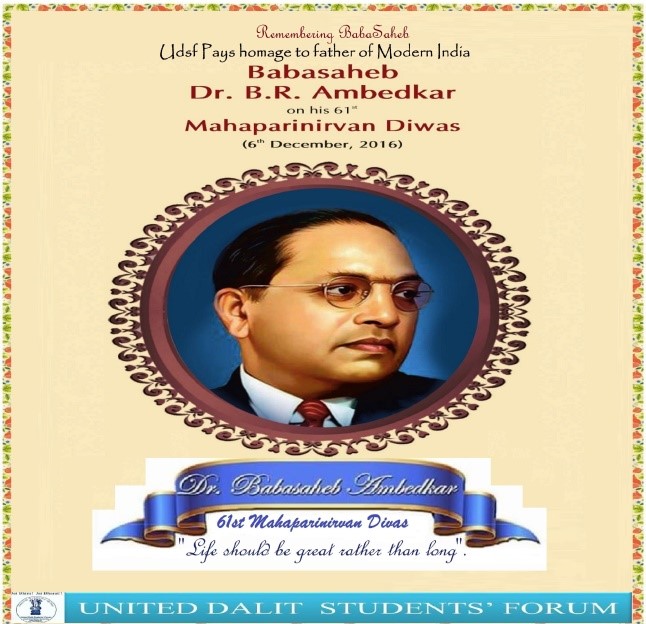Dr Jas Simran Singh Kehal
India observes 24th January as National Girl Child Day or Rashtriya Balika Divas. This day is dedicated to the welfare of the girl child to ensure that girls are born, cared for and brought up with equal opportunities in terms of health, nutrition, and education. This initiative was undertaken by the Indian Government in 2009 to commemorate 24th January 1966, when Indira Gandhi became the first woman prime minister of India.
Girls have always and everywhere been considered to be lesser of the two beings of the human species. They lag behind boys in access to all basic essentials of life. They have fewer chances to be born, lesser access to nutrition, education and healthcare and least likely to lead the family. Although this is a worldwide scenario, it is more relevant in a developing country like ours. It may appear strange to imagine how this situation came into being especially in a country like India where women are traditionally worshipped in the form of various goddesses and deities.
National Girl Child Day is observed to raise the consciousness of the society towards girls so that they are nurtured to become empowered citizens. It is an open fact that girls are gradually missing from our society and nation day by day. Indian child sex ratio is currently at a historic low. The 1901 census recorded a healthy child sex ratio of 972 females per 1000 males with a gradual decrease in the post-independence era to 945 per 100 males in 1991. Thereafter, misuse of technology led to a steep decrease in the ratio to 927 in 2001 and 918 per 1000 males in 2011 and this ratio is likely to go below 900 in 2031 according to a World Bank projection. As far as legislative enforcement is concerned, Female Infanticide Prevention Act 1870 was enacted way back in the British era.Pre-Conception and Pre-Natal Diagnostic Techniques (Prohibition Of Sex Selection) Act (PCPNDT Act) was enacted in 1994 but truly implemented after 2003.Thereafter, in addition to legislation, the government of India took the initiative of setting up this day as Rashtriya Balika Divas so as to sensitize the masses.
Child mortality rate is a fair indicator of upbringing by the family. Higher female mortality from age 1 onwards clearly indicates sustained discrimination. So strong is the biological advantage for girls in early childhood that higher mortality among girls should be seen as “a powerful warning that differential treatment or access to resources is putting girls at a disadvantage” a UN report says. Such neglect and discrimination can be in three areas: food and nutrition, healthcare and emotional wellbeing. Of these, neglect of the healthcare of the girl child is the most direct determinant of mortality. This is manifested by the fact that a girl child is less likely to be immunized or taken to a doctor for treatment.
A girl child is also discriminated relative to the boys in terms of access as well as the standard of education being provided to her. School drop-out ratio of girls at the level of higher education is definitely higher than that of boys. They are prevented from receiving an uninterrupted education because of our patriarchal society. The irony is that the deity of education is a female i.e. Goddess Saraswati, but almost 35% of Indian women are illiterate according to the last census. In today’s world of nuclear families and economic crisis, educated girls would supplement their family socially and economically.
India holds the distinction of having the highest number of child brides in the world. According to UNICEF’s State of World’s Children 2017 data, India is a global leader in child marriages with 18% of Indian girls married off before 15 years of age. Bihar and Rajasthan account for 69% and 65% child marriage rates respectively. Girls are first seen as a property of father and then her husband and thus deprived of their fundamental right to education, health, and safety.
The girl child has to fight on a double front. On one hand, she has to face discrimination from older women and on the other, she is looked down upon by her male counterparts who are unwilling to level off the centuries-old domination. At least partly women are themselves responsible for their position. It is the women who pamper their sons and husbands till they begin to believe that they are really the superior sex.
In addition to a multi-pronged approach by the means of education, legislation and awareness the only feasible solution is an attitudinal change of the men as well as women towards the girl child. The society has to realize that a girl is as much of a human being as a boy and should not be treated as an item of possession but an equal partner in the country’s destiny.
If she is making the world bright, then why does she have to struggle to see the light?
~~~
Dr Jas Simran Singh Kehal, MS (ORTHO), is an Orthopaedics Surgeon doing his Masters in Journalism and Mass Communication from Punjabi University, Patiala. He can be contacted at Kehal Trauma Centre, Nangal Dam, Punjab.









